Challenged, but ‘Great Barrier Reef is not dead’
Hysterical Greens say the Reef is a climate change casualty. But it’s rallying from bleaching events.
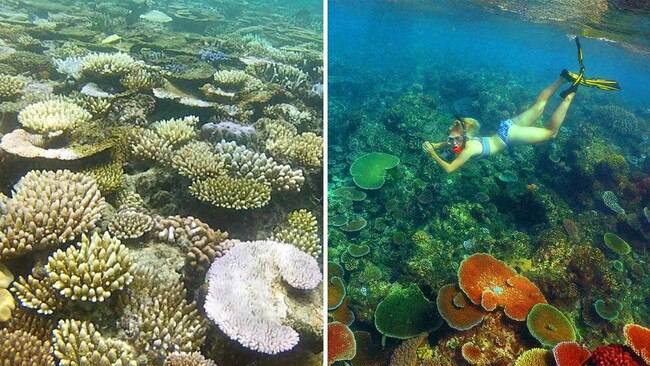
Tourism operators fear visitor numbers to Cairns have taken their biggest hit since the pilot strike crushed the dreams of runaway businessman Christopher Skase in 1989.
Many blame bad publicity that the Great Barrier Reef is dead.
But according to the Australian Institute of Marine Science and local tour operators, the reef is fighting back.
Moore Reef is brimming with exotic life. Giant blue maori wrasse zoom in to nuzzle their snouts against the palm of a diver’s hand. Waves breaking across a reef edge into a lagoon that often becomes a chaotic melting pot of tourists, fish and branching corals.
The Great Barrier Reef has no cultural barriers. Indian tourists wear formal attire to snorkel alongside visitors from Asia who cling tightly to safety rings to stay afloat. But, like the coral cover, tourist numbers wax and wane.
Steve O’Malley, group general manager for Experience Co, the owners of reef tour operator Reef Magic Cruises, said numbers were the worst since the pilot strike. He believes they are down more than 20 per cent, mostly among Australian domestic visitors.
And operators were worried numbers would fall even further when Hong Kong airline Cathay Pacific stopped direct flights to Cairns in October.
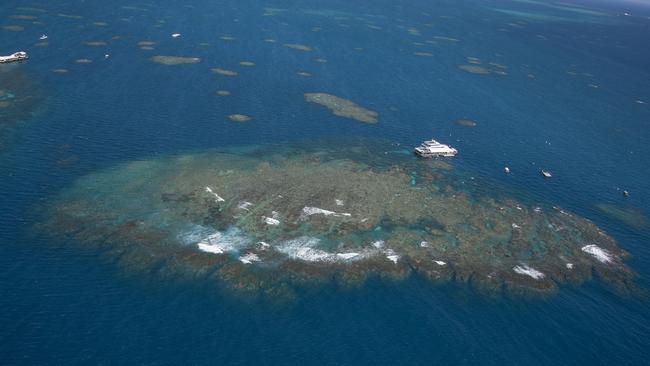
High airline costs are part of the problem but fears about the reef are a major concern.
For 15 years, reef ecologist Eric Fisher has charted the ebb and flow of coral cover across a three-stage aquatic garden on the Great Barrier Reef, a 20-minute chopper ride east of Cairns. Moore Reef, a high-impact zone in every respect, is damaged but not dead.
Mr Fisher, who works for Reef Magic, says Moore Reef provides a snapshot of coral resilience.
Like the reef in total, it is recovering from the bleaching events of 2016 and 2017, as well as cyclones.
Three areas — the wall, the flats and the lagoon — have experienced different impacts from bleaching and cyclones over the past decade.
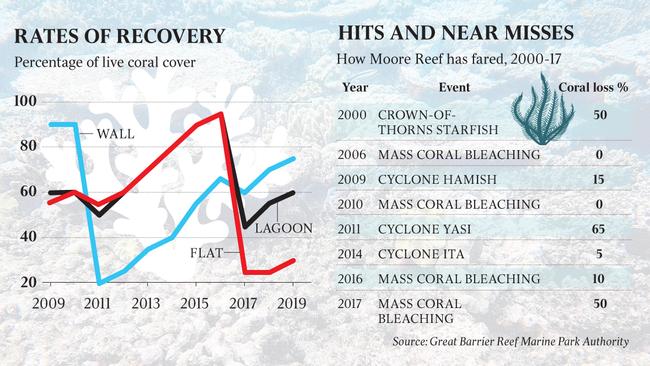
Each area has been hit differently and each is now in a different stage of recovery.
Reef cover on the wall was all but demolished by Cyclone Yasi in 2011 but had staged an almost full recovery by the time the worst bleaching hit in 2017.
Over 2016 and 2017, bleaching affected 90 per cent of corals across Moore Reef but mortality rates varied between the different areas. Only a small fraction of corals died from bleaching on the wall but 80 per cent of corals died on the flats and 50 per cent of coral was lost in the lagoon.
Today, the signs of regrowth are pronounced. The wall is in good health and, while only 5 per cent of coral cover has returned to the flats, coral cover in the lagoon is back up to 65 per cent.
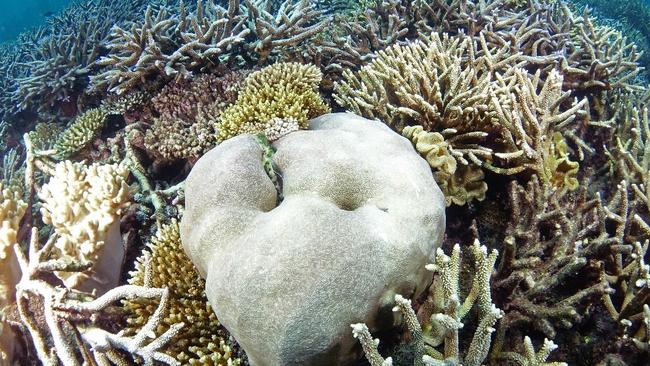
Mr Fisher has conducted thousands of coral surveys and shown 60,000 people the wonders of the reef.
His results mirror the findings of the Australian Institute of Marine Science’s long-term survey. Released last week, it shows that corals on the northern reef have started to recover.
Mr Fisher says the key is that the reef has maintained its ecological function. It is recovering and not dead.
There is still a risk of further cyclones or bleaching but there is also still plenty to see.
Queensland opposition tourism and environment spokesman David Crisafulli says the story of recovery is one the tourism industry desperately needs to broadcast.
“I am trying to find the middle ground in an argument that has become so polarised and so politically charged that no one is speaking sense,” Mr Crisafulli says.
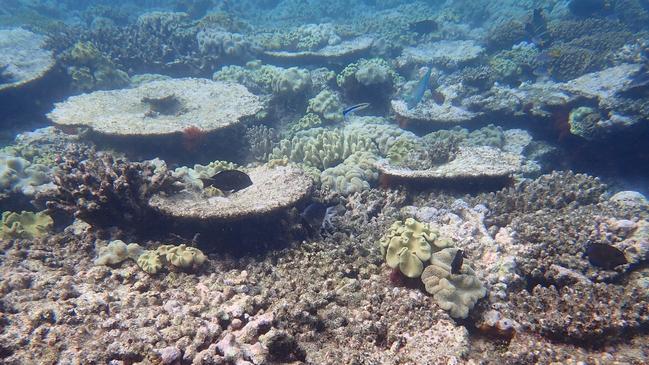
“The middle ground is we cannot deny that there are challenges for our globe but we cannot use that to make a political point and in the process spook people and destroy an industry.’’
Mr Crisafulli says a big part of the problem was that people were saying the reef is dead.
“The reef is not dead — it had big challenges but there are signs of just how resilient it is,” he says.
“That does not give us a blank cheque not to care about runoff from agriculture.
“It doesn’t mean we cannot do something about crown of thorns starfish and it doesn’t excuse us from doing something about global warming.
“The reef will adapt if we can have the cleanest possible water flowing into it and slow the rate at which the planet warms.
“If we can show people how it can recover, and the industry is open for business, the future is bright.”




To join the conversation, please log in. Don't have an account? Register
Join the conversation, you are commenting as Logout